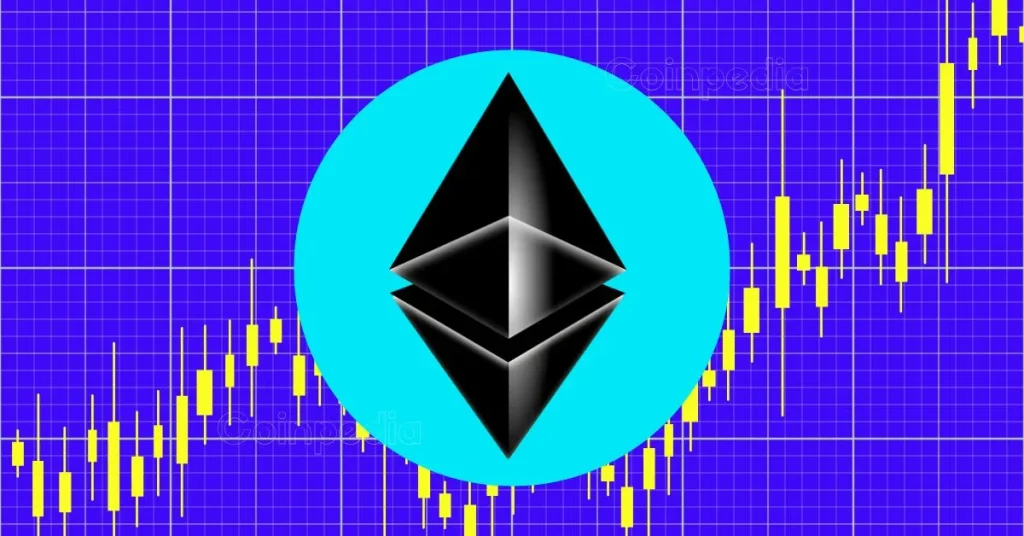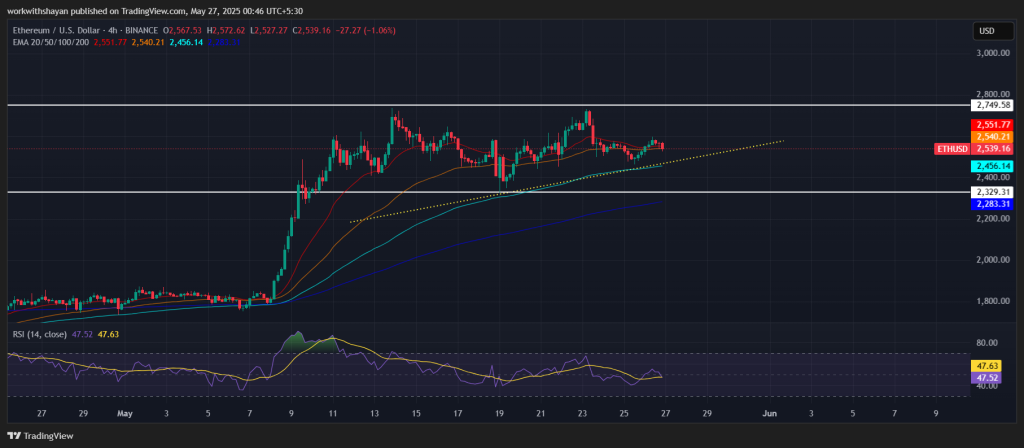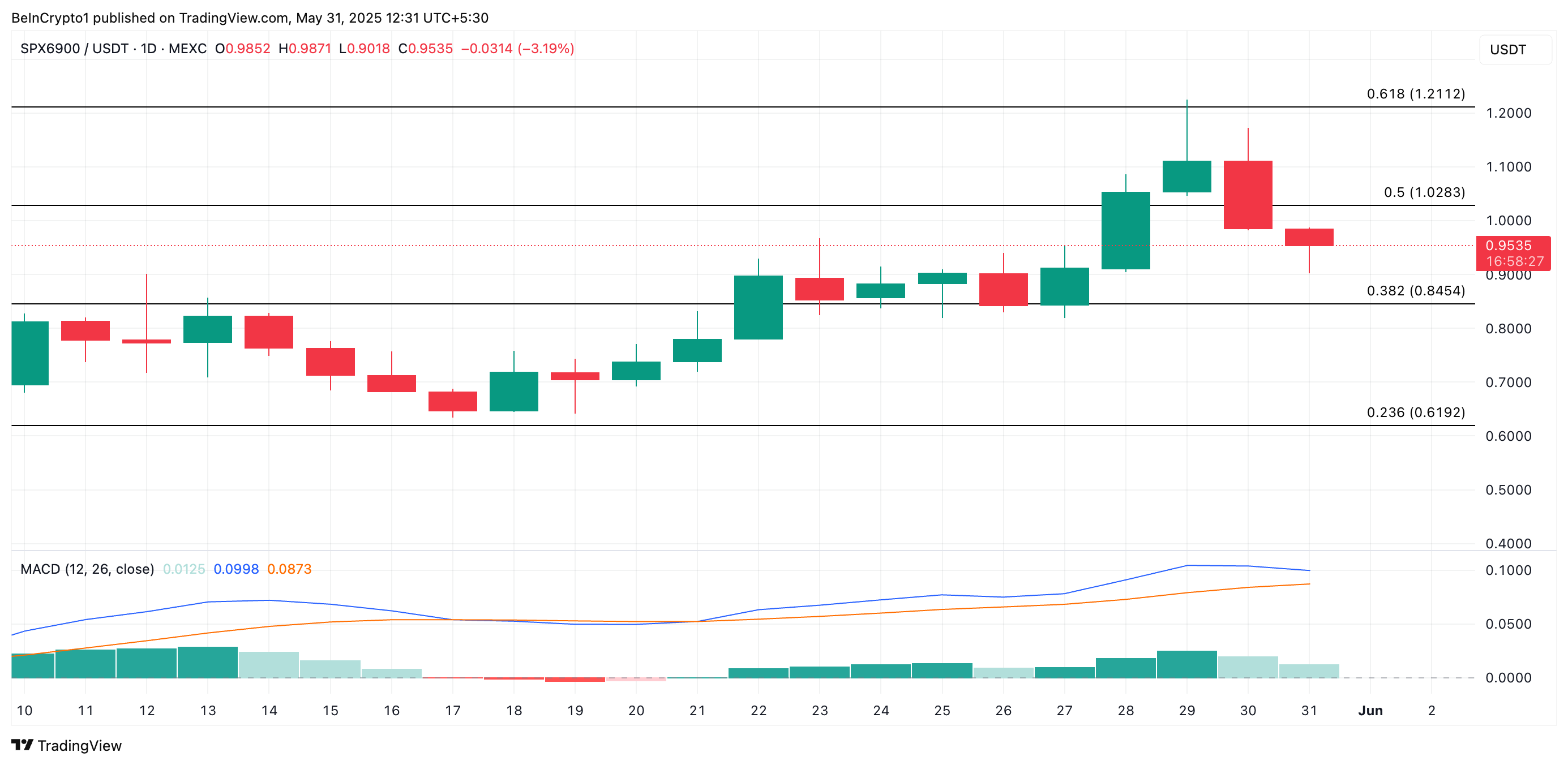
The post While Trump’s Meme Coin Dinner Raises Red Flags, Graphite Network Builds for Transparency Over Favoritism appeared first on Coinpedia Fintech News
U.S. President Donald Trump held a black-tie dinner at his Virginia golf club for 25 holders of his meme token, $TRUMP. This was a highly publicized event where crypto moguls had to spend millions of dollars for a seat at the table.
Among those in attendance was Justin Sun, the billionaire founder of Tron, who had poured $18.5 million into Trump’s coin to secure his spot as the #1 holder. He was treated with a gold, Trump-branded watch and thanked the President for his “unwavering support” of crypto.
Sun faced U.S. Securities and Exchange Commission charges for alleged market manipulation on his blockchain platform, Tron (TRX). SEC Chair Gary Gensler stated in a report: “Sun and his companies not only targeted U.S. investors in their unregistered offers and sales, generating millions in illegal proceeds at the expense of investors, but they also coordinated wash trading on an unregistered trading platform to create the misleading appearance of active trading in TRX.”
Despite facing serious charges, Sun’s substantial financial backing of Trump’s crypto ventures appears to have shifted the focus of U.S. authorities toward negotiating a settlement. The situation raises concerns about the appearance of preferential treatment and suggests a troubling alignment between financial influence and political access, potentially amounting to a pay-to-play dynamic at the highest levels of government.
Blockchain technology was originally meant to democratize finance with open, transparent networks. In practice, however, this memecoin saga shows it can be used as a tool for backroom influence. Protesters outside the gala event held signs reading “America is not for sale” and “stop crypto corruption,” a telling indication of the public’s skepticism and a sign that more needs to be done to protect the industry from those willing to corrupt it for personal gain and profit.
The event caught the attention of builders across the crypto space who are focused on restoring trust, reputation, and reliability in blockchain. For projects working to make crypto less vulnerable to personalities, influence, and unchecked money flows, one of which is Graphite Network, the dinner was a clear signal of what’s broken.
“When seats at the table are sold for millions and legal accountability fades with a donation, it sends the worst possible signal about where crypto is heading,” said Marko Ratkovic, CTO of Graphite Network. “Moments like this force the rest of us building in this space to double down on trust, reputation, and systems that can’t be swayed by wealth or personality.”
In a World of Hype and Anonymity, There’s Still Room for Trust, Reputation, and Equal Access
Graphite Network offers a response to the growing concerns around manipulation and influence in the Web3 space. Rather than relying on hype, anonymity, or deep pockets, it’s building a foundation rooted in verifiable trust – where identity validation and on-chain reputation guide how users participate and interact.
Operating on a Proof-of-Authority consensus, Graphite Network weaves reputation directly into the protocol. Participants who build credibility through transparent behavior can unlock more access and functionality, creating an environment where trust is earned, not bought.
But trust-building doesn’t stop with users. Graphite Network is also one of the few blockchains that rewards all node operators, both transport and validator nodes, directly from the protocol itself. There are no exclusive club deals or private backdoors; anyone who contributes to the network’s operation can earn from it. In a time when blockchain headlines are dominated by big personalities and behind-the-scenes influence, Graphite’s model offers a more equitable, and more durable path forward.
Key Features of Graphite’s Trust Architecture
Below are the essential components of Graphite’s trust-based architecture, each of which play a crucial role in creating a more reliable and ethical blockchain environment:
Proof-of-Identity Activation
New accounts must pay a small fee to activate their account paid in @G, Graphite Network’s native coin, and complete verification. This is meant to comply with Graphite Networks’s one-person-one-account rule and also discourages spam and creating multiple disposable accounts, which are typically used for shady transactions, as each wallet is tied to a single user.
Tiered KYC with Privacy
Graphite Network offers a multi-tier, off-chain KYC process that begins with basic social media verification and will expand to include more advanced methods like document and video checks. Using Zero-Knowledge Proofs (ZKPs), users can prove they meet specific criteria, such as being over 18 or residing in a certain country, without revealing any personal data, since all verification happens off-chain. This privacy-by-design model allows users to voluntarily verify their identity while keeping sensitive information completely secure.
Trust Score Reputation System
Every Graphite account earns a Trust Score – a numeric rating of credibility, akin to a credit score for blockchain. The score is calculated from an array of factors: verification level, transaction history, account longevity, network activity, and the trust scores of one’s associates. The on-chain reputation is visible to all and gives a glance at how trustworthy any given participant is. A higher Trust Score isn’t just for bragging rights, it actually brings a better user experience.
Reputation-Based Contracts and Tagged Addresses
Graphite Network lets users filter interactions based on trust criteria. For example, users can choose to accept funds from accounts that meet a certain KYC level or Trust Score and can block unknown senders or anyone with poor scores.
Smart contracts can be coded to require a minimum reputation to participate. For example, users can create lending contracts that only allow loans to those with a proven track record. The platform even plans to introduce tagged addresses for earmarked funds: if money is designated for charity or specific purposes, it gets a visible tag on-chain, and any misuse of those funds can be instantly flagged for all to see.
New Layer 2 Tools Aim to Reinforce Accountability in a Decentralized Ecosystem
According to its 2025 roadmap, Graphite Network is developing a range of Layer 2 solutions built around transparency, fairness, and verifiable trust. The first to roll out will be the Phonebook Reputation MVP, designed to link phone numbers to trust scores via smart contracts, giving users a simple, decentralized way to verify reputation before interacting.
Other upcoming releases include a reputation-based dating app, a Hotspot Bundle for underserved regions to run nodes, a geo game simulating real-world economic behavior, and a voting system that ties influence to integrity, not token balance. All of it reflects the same principle: blockchain should empower trustworthy users – not amplify the reach of the wealthiest ones.
A Reminder Of What Trust Looks Like
As the crypto industry grapples with the fallout from influencer coins and credibility issues, Graphite Network’s approach serves as a reminder of what blockchain technology was originally designed to be: an engine for trust, not insider enrichment or political palm-greasing.
But only if designed that way. In the battle for crypto’s future, projects like this one are attempting to show that trust and transparency can win over hype.
The ultimate success of its reputation-based model will depend on its ability to maintain privacy while fostering a transparent and accountable system, which may take time to implement at scale but offers a real shot at rebuilding confidence in a space where it’s been badly shaken.
The post While Trump’s Meme Coin Dinner Raises Red Flags, Graphite Network Builds for Transparency Over Favoritism appeared first on Coinpedia Fintech News
U.S. President Donald Trump held a black-tie dinner at his Virginia golf club for 25 holders of his meme token, $TRUMP. This was a highly publicized event where crypto moguls had to spend millions of dollars for a seat at the table. Among those in attendance was Justin Sun, the billionaire founder of Tron, who …






 I have signed a presidential decree to tokenize over 1,700 hectares of land in the Central African Republic.
I have signed a presidential decree to tokenize over 1,700 hectares of land in the Central African Republic.
 The Real World 2.0 is nearly here and it’s about to go NUCLEAR.
The Real World 2.0 is nearly here and it’s about to go NUCLEAR.



